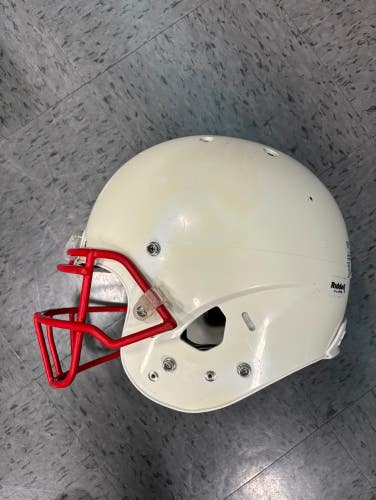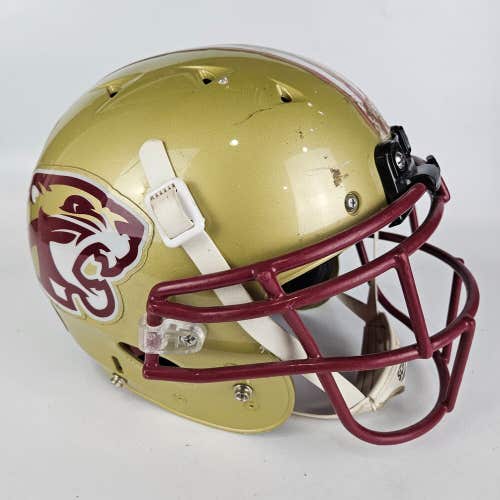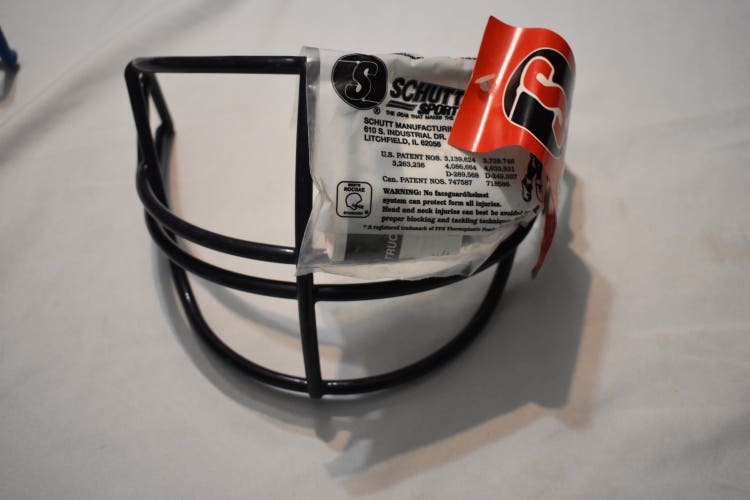Popular Models
See more Popular Models
Riddell SpeedFlex
170 Available

Schutt F7
38 Available

Xenith X2E+
45 Available
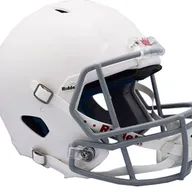
Riddell Victor
34 Available
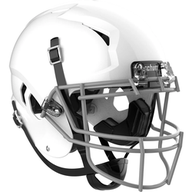
Schutt Vengeance A11
74 Available

Schutt Youth Recruit hybrid
23 Available
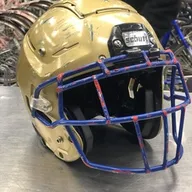
Schutt F7 LX1
15 Available

Schutt Vengeance A3
8 Available

Schutt Vengeance Hybrid
5 Available

Xenith Shadow xr
9 Available

Schutt Vengeance Pro
6 Available

Vicis ZERO2
23 Available

Schutt AiR Standard V
2 Available
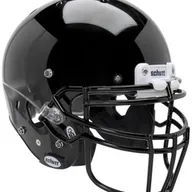
Schutt Air XP Pro
8 Available
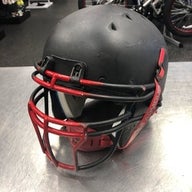
Schutt DNA Pro
10 Available

Schutt DNA Recruit
10 Available

Schutt Vengeance A9
1 Available
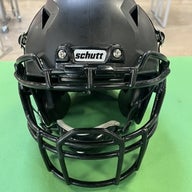
Schutt Vengeance Pro LTD II
3 Available

Schutt Vengeance VTD II
6 Available
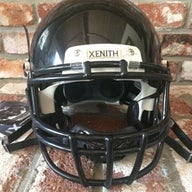
Xenith X1
2 Available
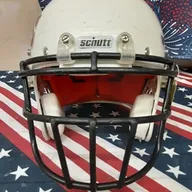
Schutt XP Hybrid
3 Available
Shop by Size
SmallMediumLarge
124 Results

DETE

xgsportinggoods
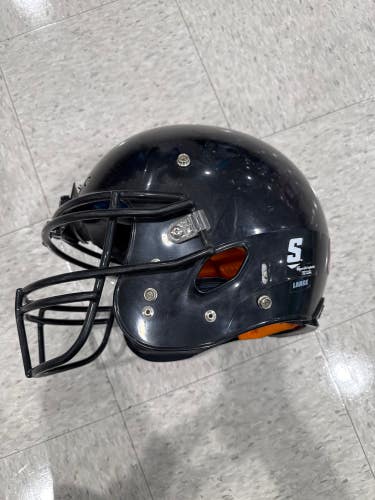
Redi
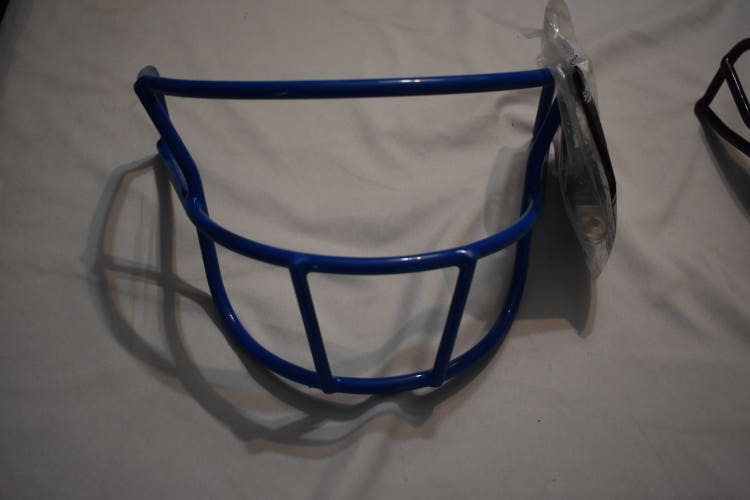
Dangler72057

xgsportinggoods
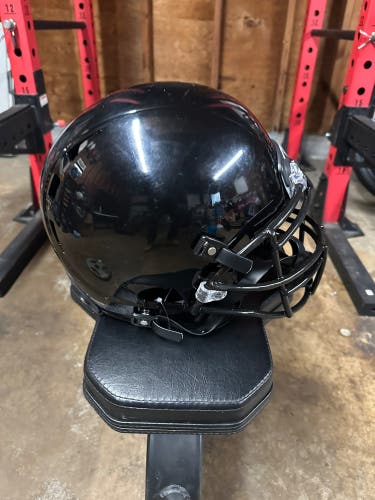
RainyDaze730

Danirose8

Daryl82

Cheers087

bozlax19
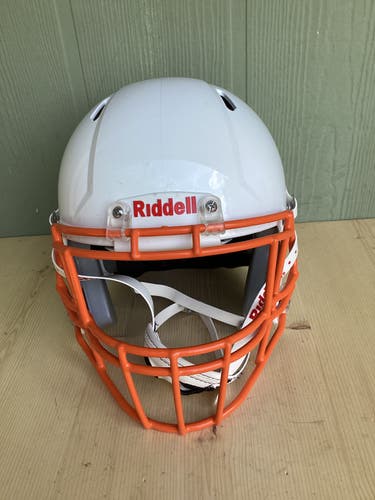
Kraken_Sports
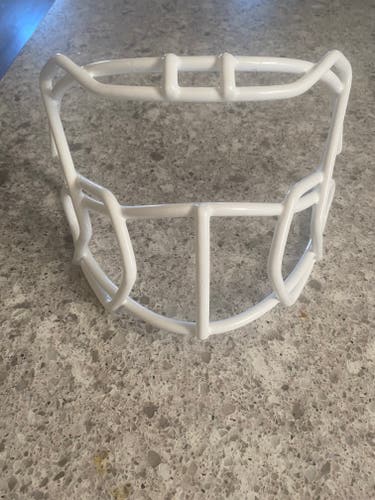
TheJockShop
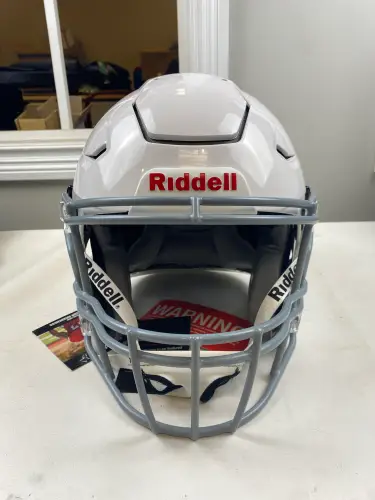
pias

dougy54

bozlax19
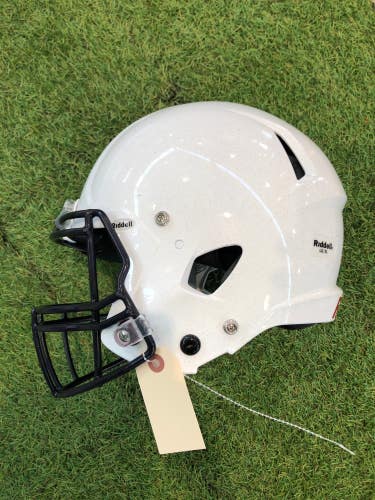
EmpireSports

Cheers087
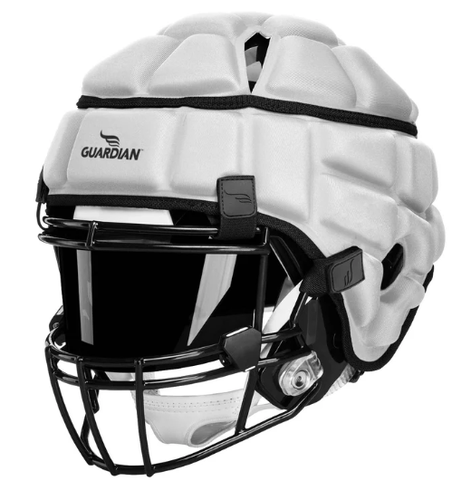
SDSUAZTEC21
